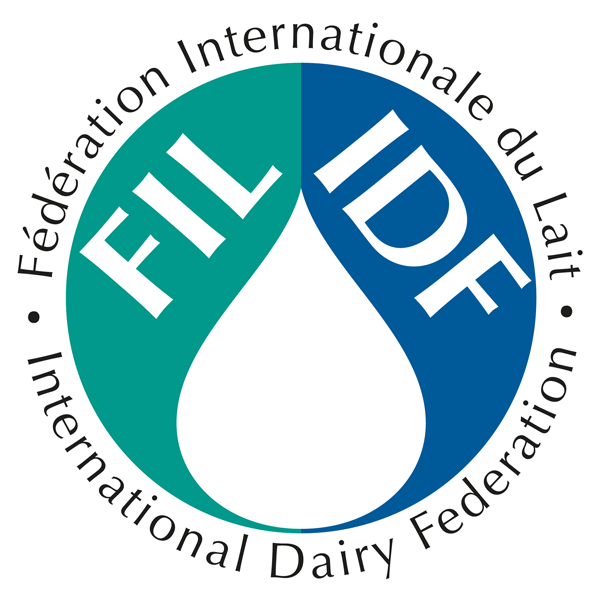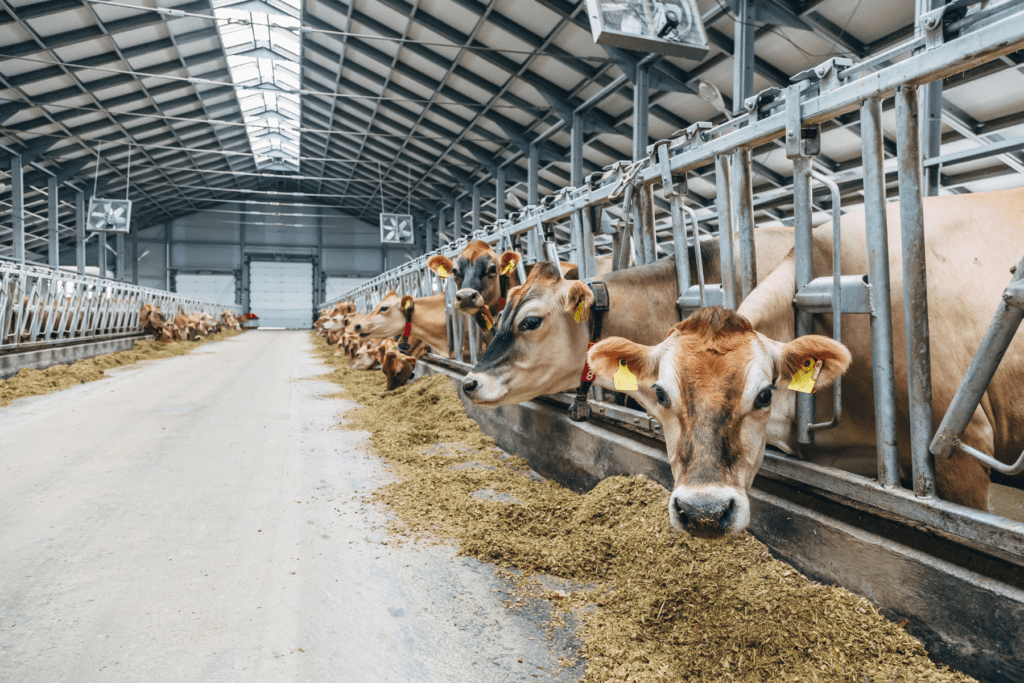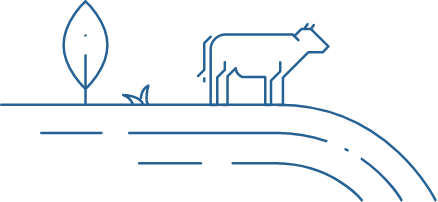This year’s COP25, which launches in Madrid this week, will be the start of a crucial period for the environment. COP25 is the final COP before we enter the defining year of 2020, when many nations must submit new climate action plans. With climate change forecasts suggesting we must alter various aspects of modern life to minimise damage to the planet, discussions about diet, the foods we produce, and how we produce them to meet the needs of a growing global population makes perfect sense.
In 2020, we also enter the ‘Decade of Delivery’ for the UN Sustainable Development Goals. Providing a growing world population with safe, sustainable and nutritious food is a big challenge for the future. As the UN Framework Convention on Climate Change Article 2 reminds us, one should not forget that food security is crucial (SDG 1 is Zero Hunger) and food production should not be endangered. Improving agriculture and food production in a realistic and sustainable manner is therefore where we should focus our efforts.
Environmentally responsible food needs to be nutritious
In seeking solutions to how we can have more sustainable food systems it must be remembered that it takes more than adequate calories to feed humans. There is an increasing trend to focus on calories without fully considering the quality of those calories in supplying the vital nutrients we need in our diets. With one in nine people globally going hungry, malnutrition is a serious public health concern and we should be mindful of the role that nutrient rich foods like dairy are uniquely placed to help address. Milk and dairy foods represent an affordable, accessible, nutrient rich food for 6 billion people around the world, supplying energy and significant amounts of high-quality protein and micronutrients; while school milk programmes around the world make an important contribution to children’s physical and cognitive development.
Assessing the impact of food systems on the environment
When the dairy sector considers global health and sustainability, we certainly think about the impact of animal agriculture on the environment, and how we can produce products more efficiently in order to minimise resource usage and greenhouse gas emissions. First, we must put things in perspective and consider the data. Per unit, the dairy sector has one of the smallest carbon footprints of all animal products in the world. The overall contribution of milk production and transportation represents 2.7% of GHG global emissions.
A recent report by the by the UN Food and Agriculture Organization (FOA) found that between 2005-2015 emissions from milk production decreased in emission intensity by almost 11%, whilst simultaneously dairy production increased by 30%. Over the past 50 years the methane from dairy production has declined in industrialized nations, not just per kg of milk, but in total, demonstrating the significant impact of actions already taken by the sector to operate more sustainably.
Improving production
In fact, the sector has been pioneering on reducing its environmental impact, committing to further reducing carbon emissions per kg of protein produced, and investing in research and development to find innovative and sustainable ways to produce and process milk. In 2013, the global dairy sector launched the Dairy Sustainability Framework to enable the industry to continuously improve and demonstrate adaptation and mitigation progress made through proactive efforts. In 2015, the dairy sector was the first one to develop a life cycle assessment methodology to measure its footprint. In 2016, the International Dairy Federation and FAO signed the Dairy Declaration of Rotterdam.
Recognition must also be given to the great work of the Livestock Environmental Assessment and Performance (FAO-LEAP) Partnership, a multi-stakeholder collaboration between governments, private Sector, NGOs, CSOs and other stakeholders united by a shared commitment to the environmental management and sustainable development of the livestock sector. LEAP works with its partners around the world, including IDF, to build credible, effective and robust accounting methods and metrics that serve as a foundation to address the sustainability challenges faced by the livestock sector, focusing on six urgent global challenges that must be addressed: climate, water, nutrient use efficiency and biodiversity.
Not all greenhouse gases are the same
In seeking solutions to climate change however, we must also acknowledge that to compare livestock emissions to the main emission sources – the use of fossil fuels – puts us on the wrong path. Methane, as a flow pollutant, should be more correctly coupled to its global warming potential. Recent research indicates that the Global Warming Potential estimates of methane from cattle and other ruminants has been overestimated. The metric viewing ruminant-derived methane as many times more harmful than CO2 is unjustified, because the kinetics of atmospheric stabilization are very different. Methane from ruminants has a much shorter lifespan, and unlike CO2, methane gas diminishes rapidly over a few decades. This is because chemical reactions cause it to be removed from the atmosphere, unlike the CO2 produced by fossil fuels. In fact, the conventional addition of methane to the rest of the GHG as a CO2-equivalent misrepresents the warming created by this gas.
Dairy is part of the solution
Dairy animals use our earth’s resources efficiently, often grazing on agricultural lands where plants cannot be cultivated, converting inedible or less nutritious foodstuffs into highly nutritious milk that help people throughout their lifetime. Looking at the wider environmental picture, water usage, soil, biodiversity are also essential components where dairy has a role to play. Grazing plays a role in ecosystem shaping, whereby ruminants take over the role of wild herbivores, manure-fertilize cropland and grassland, and improve topsoil formation by adding organic matter and nutrients, enhancing soil microbiology, and making these more available for plants.
We must recognize the positive contributions made by dairy farmers around the world, who take their role of steward of the land and animals very seriously. Farmers are on the front line of climate change and are actively involved in solutions to mitigate impacts of the production. Degradation of the environment affects dairy feed supply, challenges manure management, impacts on heat stress of dairy animals, decreases reproduction rates, increases incidence of pests and diseases, and decreases milk yield. Along with providing nutritious foods, farmers are committed to managing land and water responsibly and protecting the world’s natural resources for future generations.
Tackling food loss and waste
Food loss and waste is identified as a major contributor to negative environmental impact from the global food production system and reducing it represents one of the most important levers to reduce resource use and improve sustainability performance. The dairy sector has been acting along the value chain to reduce both the loss at the production and processing levels. Best practices implemented at the farming level reduce the use of antibiotics and rejected milk. We are acting to eliminate risk of contamination to avoid rejecting the milk. We have been converting waste such as whey and methane to produce added value.
In recognition that 40-65% of wasted milk along the value chain happens at consumer level (FAO, 2011), as a sector we are engaging in cross-sectoral working to educate and inform consumers about the environmental impacts of discarding good milk and dairy foods. Responding to the food loss and waste challenge presents a cross-cutting opportunity to drive climate action forward by cutting GHG emissions and boosting resilience and productivity in food systems.
Recognising dairy’s contribution
As a sector we are committed to improving the living standards of the people on earth, as well as the health of the planet. We must recognize the nutritious nature of dairy products and the positive impact dairy has on the health and wellbeing of people, particularly in developing countries where high quality protein sources are scarce. Moreover, the nutritional and socio-economic aspects must be in the balance. Millions of people in the sector whose livelihoods, and the wellbeing of their families and the communities in which they live are impacted by dairy production.
Through our ongoing efforts we will continue to seek ways to be a part of the solution: to continue nourishing people and supporting communities, whilst being efficient and innovative in managing resources sustainably.
COP25 side event with FAO-LEAP








